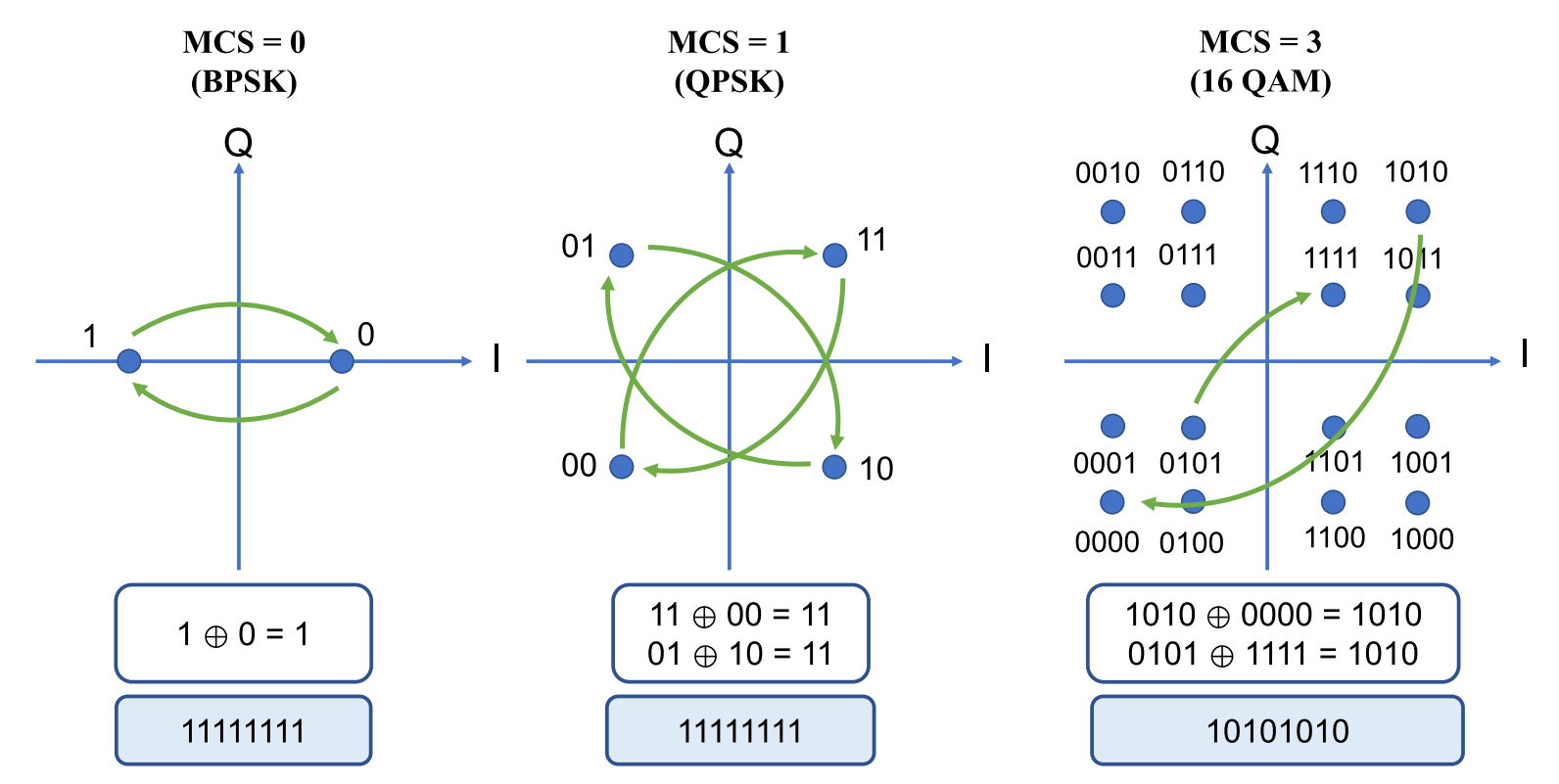The latest work in the lab: Efficient Single-Symbol Backscatter With Uncontrolled Ambient OFDM WiFi was accepted in IEEE/ACM ToN in October 2023. IEEE/ACM ToN (Transactions on Networking) is a top international journal in the field of communication/computer networks, and is also a CCF-A journal recommended by the Chinese Computer Society.
This work improves the modulation granularity of the OFDM WiFi Backscatter system to the single-symbol-level, which further enhances the throughput of the system. We also explore different decoding methods to further reduce the BER, allowing the system to be applied to scenarios adapted to higher-order excitations. The details are as follows:
In our daily life applications, such as watching videos, listening to music, and transferring files, the data rate greatly affects the user experience. With the continuous development of communication technology, the transmission rate of mobile network has increased from a few hundred Kbps in 3G to a gigabit in 5G. Backscatter, as one of the potential passive communication technologies in the future, has always been the focus of researchers' investigation on its transmission rate. Although there has been great progress in this field in recent years, from the initial packet-level, i.e., 1 packet carries a tag bit, to the current symbol-level, i.e., using multiple symbols to carry a tag bit, but this is far from the limit of this technology.
Therefore, this work first explores the reasons for the limited modulation granularity and proposes targeted solutions. After experiments, we found that the reason why the previous system relied on redundant modulation is that in the processing flow of WiFi, there are some operations at the symbol-level and some at the packet-level (as shown in Fig. 1), and this type of operation will disrupt the relationship between the previous relations of the individual symbols. Therefore, when we carry out modulation operations at the symbol-level, we will receive the influence of the packet-level operations and fail to achieve our expected results. To address this problem, we propose a decoding method based on deinterleaving layer (shown in Fig. 2), which successfully eliminates the effect of packet-level operation and realizes single-symbol-level modulation.

Fig 1:Typical transmitter design for OFDM WiFi.

Fig 2:Two deinterleaving-twins decoding paradigms.
In addition, since the WiFi signals in our daily lives are varied, the order of their modulation will change depending on the data rate requirements of the application. Higher data rate application scenarios will use higher order signals. In order to be able to make full use of the signals in our environment, we explored the modulation and demodulation schemes for higher-order excitation signals (as shown in Fig. 3) and designed three new bit translation schemes that can be applied to higher-order scenarios while reducing the BER.

Fig 3: Constellations for different MCSs.
A comprehensive evaluation shows that the maximum throughput of our solution is 3.92 and 1.97 times higher than that of FreeRider and MOXcatter, respectively. The BER of the system is also only 5% under the high order excitation signal of 16QAM.
Authors: Wei Gong, Yimeng Huang, Qiwei Wang, Si Chen, Jia Zhao, Jiangchuan Liu.
Link: https://ieeexplore.ieee.org/document/10319439
